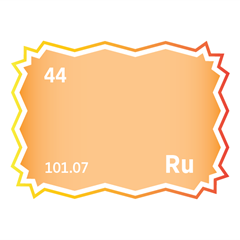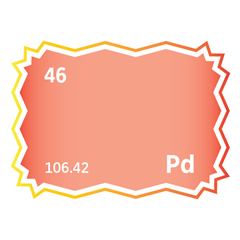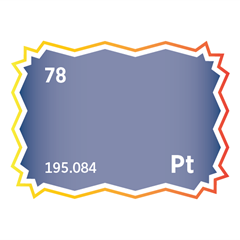Data Transmission Networks
Critical minerals, policy, and the energy transition
Critical Minerals and Data Transmission Networks
In the rapidly evolving digital era, data transmission networks form the backbone of global communication, enabling everything from internet connectivity to the seamless operation of digital infrastructure. However, the efficiency and resilience of these networks hinge on the availability and strategic utilisation of critical minerals. These minerals are indispensable in the manufacturing of components that power data centres, fibre optic cables, satellites, and advanced communication devices. Understanding the role of critical minerals in data transmission networks is vital, especially as global demand for faster, more reliable connectivity continues to surge. Each mineral contributes unique properties essential for the performance, durability, and miniaturisation of electronic and communication equipment. The scarcity and geopolitical complexity surrounding the supply of these minerals further underscore their significance in shaping future technological landscapes.
Key Minerals and their Roles
Conductive Metals
Conductive metals are essential for ensuring efficient electrical conductivity, which is crucial for data transfer and maintaining signal integrity. Copper serves as the primary material for wiring in data centres, network infrastructure, and power supplies, valued for its excellent conductivity and durability. Silver, known for having the highest electrical conductivity, is utilised in high-frequency connectors, circuit boards, and specialised components. Gold is employed in high-reliability connectors and circuit board coatings due to its exceptional corrosion resistance and conductivity. Palladium is commonly used in multilayer ceramic capacitors and for plating electronic components, ensuring corrosion resistance and dependable conductivity. Tin plays a key role in soldering electronic components, creating strong, conductive bonds within circuit boards used in communication equipment. Bismuth, known for its application in low-toxicity soldering, contributes to safer manufacturing processes for electronic components used in network systems.
Optical transmission minerals
Optical transmission minerals are critical for the production and advancement of fibre optic technologies. Silicon is a key component in fibre optic cable cores, facilitating the transmission of light signals over long distances with minimal loss. Germanium is utilised in fibre optics to enhance signal clarity and efficiency, particularly within high-speed internet infrastructure. Tellurium plays a role in thermoelectric devices, contributing to efficient cooling in data centres and enhancing the performance of optical storage devices.
Magnetic and electronic components
Magnetic and electronic components are essential for data storage, signal processing, and the operation of advanced communication devices. Rare earth elements such as neodymium and dysprosium are vital in the production of powerful magnets used in data storage devices and advanced electronic equipment. Tantalum is employed in capacitors and high-performance electronics, aiding in the miniaturisation of devices. Gallium plays a crucial role in semiconductors for high-frequency applications, including satellite and wireless communication systems. Indium is key in the production of indium tin oxide (ITO), a transparent conductive material used in touch screens, LCDs, and photovoltaic devices, all critical for modern communication equipment. Platinum is utilised in the production of hard disk drives.
Structural integrity and protective materials
Structural and protective minerals are essential for ensuring the durability and reliability of network infrastructure components. Aluminium is widely used in the construction of antennae, satellite components, and protective casings for electronic devices. Titanium, known for its exceptional strength and corrosion resistance, is utilised in specialised components exposed to extreme conditions. Nickel provides protective coatings and enhances the structural integrity of communication devices and data centre hardware. Zinc is employed for galvanising components, offering protection against corrosion, particularly in outdoor network infrastructure and satellite systems.
Energy storage and support
Energy storage and support minerals are crucial for maintaining power stability and enhancing energy efficiency in data transmission networks. Lithium is essential in lithium-ion batteries, which power backup systems for data centres and mobile communication devices. Cobalt plays a key role in these batteries, providing stability and longevity, which are vital for ensuring uninterrupted power in data storage and communication equipment.


Critical sectors using strategic minerals
Meet the Critical Minerals team
Trusted advice from a dedicated team of experts.

Henk de Hoop
Chief Executive Officer

Beresford Clarke
Managing Director: Technical & Research

Jamie Underwood
Principal Consultant

Ismet Soyocak
ESG & Critical Minerals Lead

Rj Coetzee
Senior Market Analyst: Battery Materials and Technologies

Dr Sandeep Kaler
Market Strategy Analyst

How can we help you?
SFA (Oxford) provides bespoke, independent intelligence on the strategic metal markets, specifically tailored to your needs. To find out more about what we can offer you, please contact us.












































